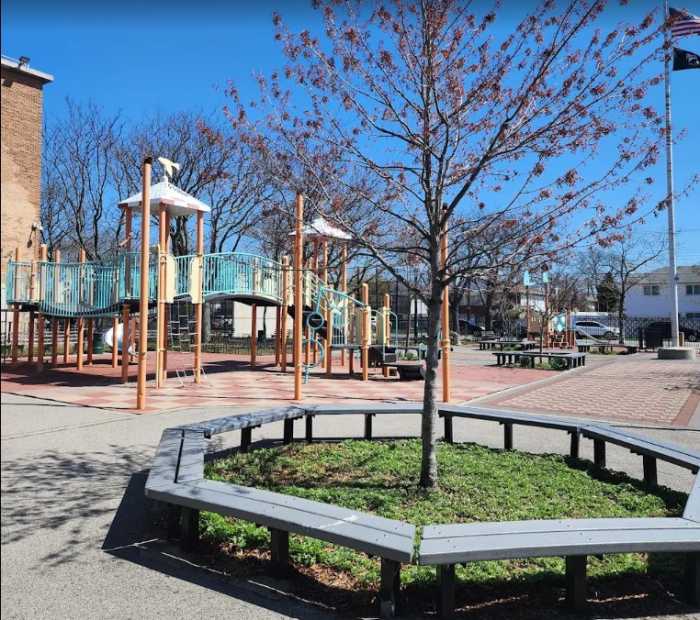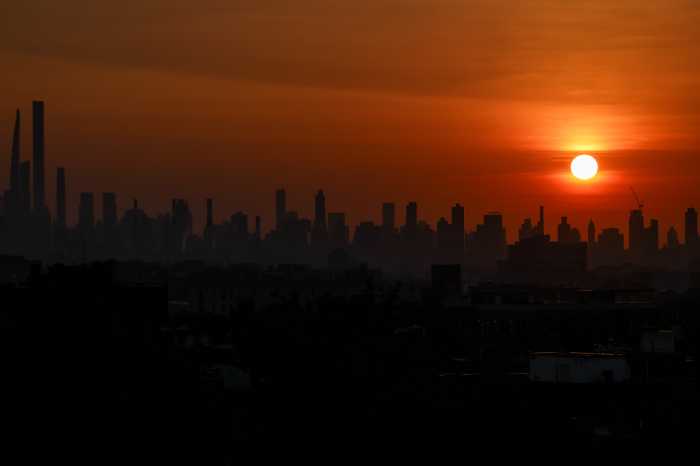By Tien-Shun Lee
Community Board 6 members are worried that city budget cuts may eliminate an after-school program that sends outreach workers to “hot spots” in Forest Hills and Rego Park where young people hang out.
“The program has been in existence for about 15 years now,” said Theresa Greenberg, an assistant executive director at Forest Hills Community House, which runs the program.
“If the program is eliminated, I'm going to have to lay off people and we’re not going to have substantial outreach to the community,” she said. “Young people would be in the streets, and there would be no interaction with adults except with police, which takes it to another level.”
According to Greenberg, the Hot Spots Street Outreach Program receives about $50,000 each year from the city. It is one of about 18 programs citywide that are funded by the $1 million-a-year Street Outreach and Neighborhood Youth Alliance initiative targeted for elimination in fiscal year 2004.
The Hot Spots program was started in 1987 after CB 6 received a barrage of complaints about young people who were hanging out in large groups within the community. CB 6 members went to Forest Hills Community House, an umbrella community service organization, to ask if anything could be done about the youths.
The Hot Spots program has identified 26 hot spots, including parks, school yards and pizza parlors where young people from age 11 to about 21 congregate.
Four adult outreach staff and five selected high-school students visit the locations six days a week where they talk with the young people about their situations and interests.
Once outreach workers attain a comfort level with the young people, they ask if they would like to join an athletic team or become involved in other activities ranging from non-competitive talent shows to resume workshops and employment programs to help them find after-school and summer jobs.
At a Feb. 26 CB 6 meeting, Chairman Joseph Hennessy expressed concern that crime among youth could rise if the Hot Spots program is eliminated.
“The 112th Police Precinct has credited the Hot Spots program with the low youth crime rate in the community board,” read a CB6 resolution. “The elimination of the Street Outreach Program will have a significant impact on youth services in the CB 6 neighborhoods of Forest Hills and Rego Park. CB 6 resolves that the funds for Street Outreach for the city of New York be fully restored to the fiscal year 2004 budget.”
Steve Pullano, the Hot Spots program director who also teaches at Halsey Junior High School in Forest Hills, noted that numerous studies have shown the highest incidence of juvenile delinquency occurs between 3 p.m. and 6 p.m. when kids are out of school and parents have not yet returned home.
“I see a lot of these young people, and I see how it’s all related in terms of education and after-school programs,” said Pullano. “If you allow the street to be the teacher, you’re just looking for problems. The issues of the street are fast money, easy ways to get things. If they sit out there and they don’t really have the experience to make intelligent choices, bad things are going to happen.”
Pullano also said it is wise for the city to invest in preventive programs like the Hot Spots program. The effort can save money in the long run by steering youth away from crime, drugs and alcohol, which are more costly to deal with.
“It’s penny-wise,” said Pullano. “When you cut programs, they don’t stop hanging out. They’re still hanging out with nothing to do, and they find things to keep themselves entertained that you may not want them to find.”
Reach reporter Tien-Shun Lee by e-mail at Timesledger@aol.com, or call 718-229-0300, ext. 155.




































